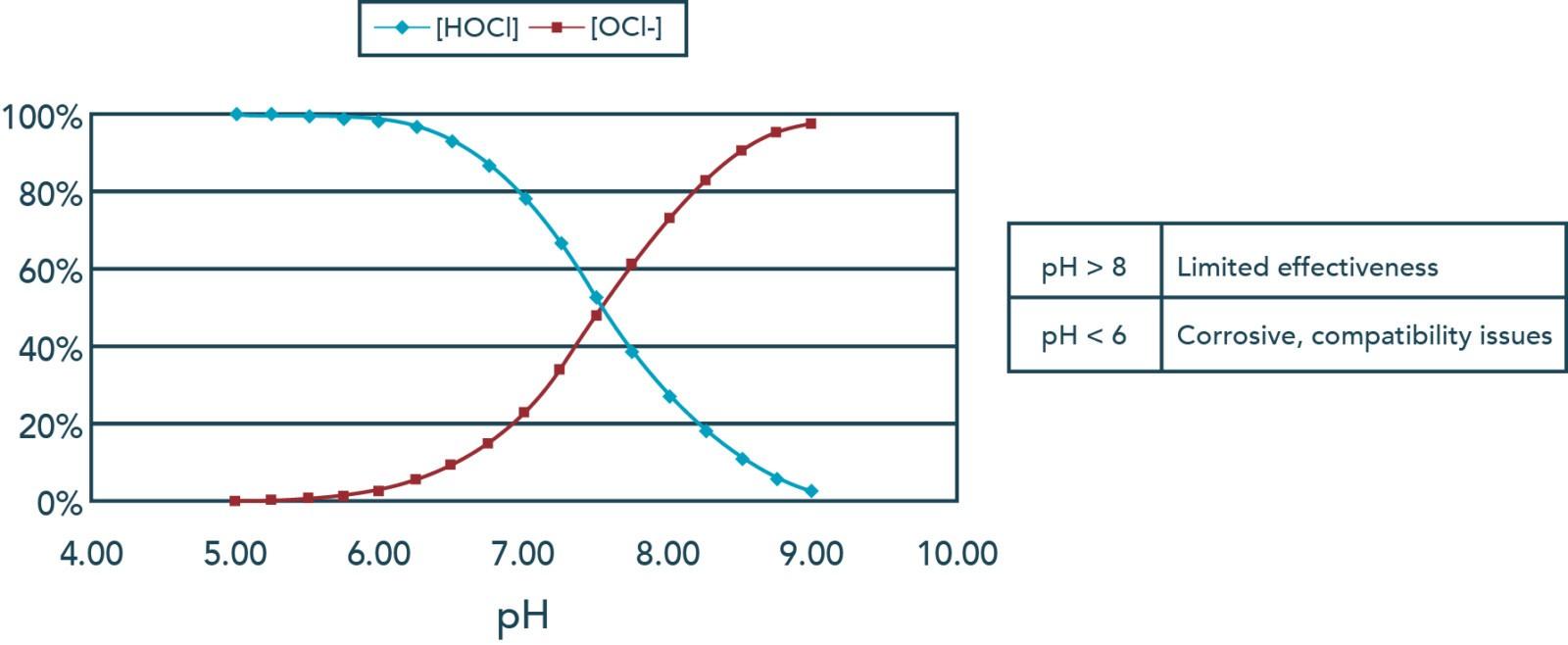free chlorine vs total chlorine wastewater
If your pool has a high level of total chlorine but a low level of free chlorine it means most of your free chlorine have been consumed to fight against organic compounds. Free chlorine residuals usually destroy tastes and odors control exposed bacteria and oxidize organic matter.
You want to keep the value of total chlorine level in your pool as close to the free chlorine level as you possibly can.

. After the breakpoint free chlorine residuals develop. The amount of Free chlorine in your pool should be between 2-4 parts per million PPM. Ideal range 20 to 40 ppm safe range 10 to 60 ppm.
Chloramines including monochloramine NH2Cl dichloramine NHCl2 and nitrogen trichloride NCl3 are referred to as Combined Available Chlorine. Total chlorine encompasses all of the free chlorine and whatever forms of combined chlorine might be. Total chlorine is the combination of free chlorine and combined chlorine.
Also available in Spanish. Should be equal to free chlorine most of the. Free Chlorine FC Combined Chlorine CC Total Chlorine TC If the free and total chlorine levels are identical that means there isnt a presence of combined chlorine in your swimming pool.
Unlike chlorine chloramines do not degrade over time. Chlorine existing in water as hypochlorous acid or the hypochlorite ion is termed free available chlorine. 1 Pool test kits 2 Color-wheel test kits and 3 Digital colorimeters.
Use the formula F C T to help you with basic free chlorine vs. The simplest way to monitor your chlorine levels is with test strips. The formula for calculating chlorine is free chlorine combined chlorine total chlorine.
Wastewater Technology Fact Sheet. All three methods depend on a color change to identify the presence of chlorine and a. The amount of chlorine dosed is equal to the amount of chlorine in the residual plus the amount of chlorine consumed in treating the water plus the amount of chlorine that has reacted with ammonia to form chloramines.
Free chlorine is usually checked by test strips whereas there is a specified formula to measure total chlorine which is total chlorine free chlorine combined chlorine. The YSI 3017M Chlorine Analyzer uses proven DPD methodology to provide accurate and reliable free chlorine or total chlorine measurements in drinking water and final effluent wastewater samples. The equation for calculating the total chlorine is.
Ideally combine chlorine must be less than 02 parts per million ppm while the free one is between 2 and 4 ppm but not below 01. Contains information on how to use chlorine as a disinfectant for municipal wastewater. Chloramines are also known as combined chlorine.
Total chlorine is essentially the sum of free chlorine and bound chlorine. The recommended level for free chlorine is going to between 20 and 40 ppm parts per million. What is Total Chlorine.
Total is all chlorine that has combined or reacted with minerals organics etc and is consumed plus free chlorine. Total Chlorine refers to the sum of free and combined available forms. Combined chlorine consists of monochloramine NH2Cl dichloramine NHCl2 trichloramine NCl3 and organic chloramines.
US EPA OW OWM Water Permits Division Subject. Free chlorine refers to both hypochlorous acid HOCl and the hypochlorite OCl- ion or bleach and is commonly added to water systems for disinfection. Testing the amount of total chlorine is important to keep the balance of chlorine in the water.
When ammonia or organic nitrogen is also present chloramines known as monochloramine dichloramine and trichloramine will quickly form. The level of combined chlorine must always be lower than the free one. But its way more effective to use a test that checks for combined and free chlorine because that will give you a clearer picture of how clean your water is.
Total chlorine is the total of combined and free chlorine. Free chlorine is usually checked by test strips whereas there is a specified formula to measure total chlorine which is total chlorine free chlorine combined chlorine. When free chlorine shown by the green circle is added to a solution containing ammonia and other organics combined chlorine forms.
Some testing kits will only test for total chlorine because ideally you shouldnt have any combined chlorine. These chloramines are shown in the total chlorine residual. FAC CAC TC.
Free chlorine is that which is still. Free chlorine always has a lower value while total chlorine has a higher value. Total chlorine is the measurement of both free chlorine and combined chlorine.
There are three types of chlorine that you should be aware of which include free chlorine combined chlorine and total chlorine. Methods for determining free combined and total. Free chlorine is used to sanitize the water.
It is merely the sum of the combined and free chlorine levels in the pool water. Methods to Test Free Chlorine in the Field in Developing Countries. As more chlorine is applied chloramines develop.
What Is Free Chlorine vs Total Chlorine Pool Water. Fact sheet on disinfection one of the primary mechanisms for the inactivation or destruction of pathogenic organisms. Free chlorine combined chlorine and total chlorine can be easily understood with the following equation.
At higher chlorine dosages the slope to breakpoint begins. Total chlorine is basically the sum of free chlorine and. For example if your free chlorine FAC levels and total chlorine TC levels are the same then theres no combined or used chlorine in your water and theres no need to add any chemicals today.
Chloramines including monochloramine NH 2Cl dichloramine NHCl2 and nitrogen trichloride NCl3 are referred to as Combined Available Chlorine. If you have a total chlorine reading but you are barely registering a free chlorine level it means the combined chlorine level is too high in the water and cant be properly sanitized. There are three main methods to test free chlorine residual in drinking water in the field in developing countries.
As the name suggests free chlorine is what is free and available in the pool to sanitize the water. Total Chlorine refers to the sum of free and combined available forms. This will ensure the quality of your pool is kept high.
Ideally less than 02 ppm safe below 05 ppm. Free chlorine is going to be the most important type of chlorine to monitor because its going to disinfect your pool. Free chlorine involves the amount of chlorine thats able to sanitize contaminants while combined chlorine refers to chlorine that has combined directly with the contaminants.
Free chlorine involves the amount of chlorine that can disinfect a contaminant while bound chlorine is the chlorine that is directly bound to the contaminant. Chlorine existing in water as hypochlorous acid or the hypochlorite ion is termed free available chlorine.
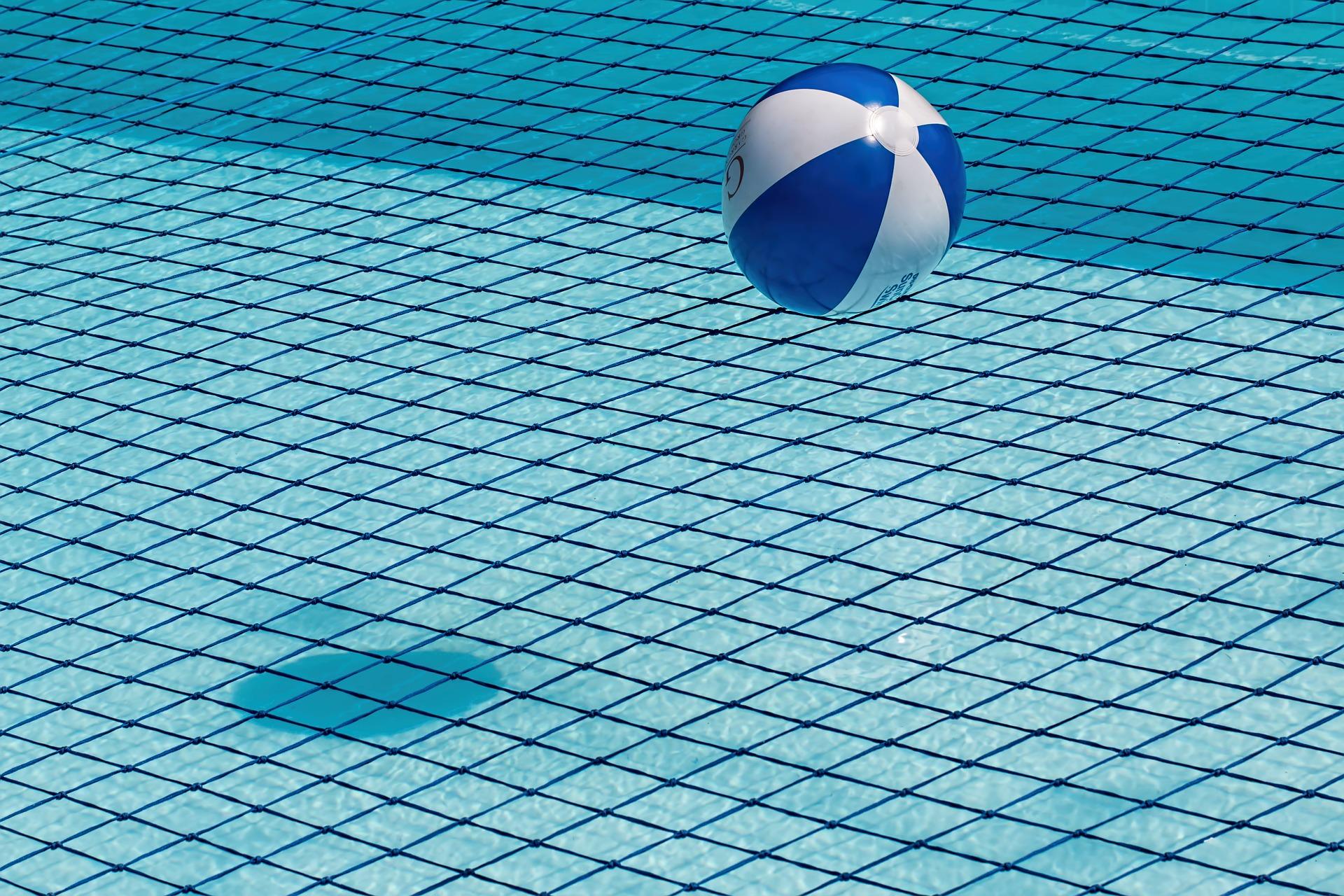
Free Chlorine Vs Total Chlorine What S The Difference Sensorex

Pdf Impact Of Chlorine And Wastewater Contact Time Chlorine Residual And Mixing On Micro Organism Inactivation Semantic Scholar
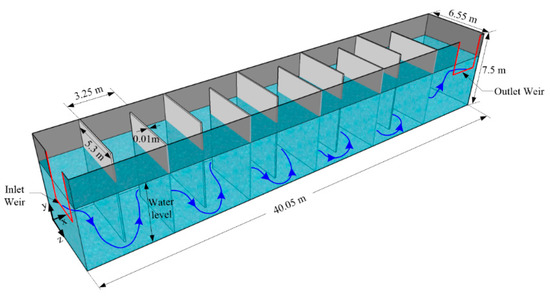
Processes Free Full Text Efficiency Enhancement Of Chlorine Contact Tanks In Water Treatment Plants A Full Scale Application Html

Free Vs Combined Vs Total Chlorine What S The Difference Atlas Scientific
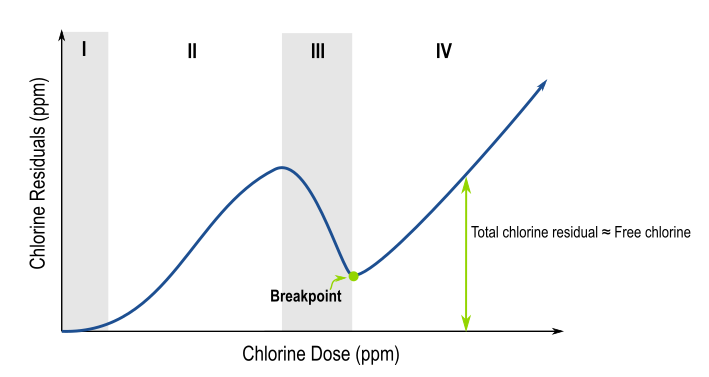
Understanding Breakpoint Chlorination

Modern Water Treatment Plant Google Search Sewage Treatment Water Treatment Wastewater Treatment Plant
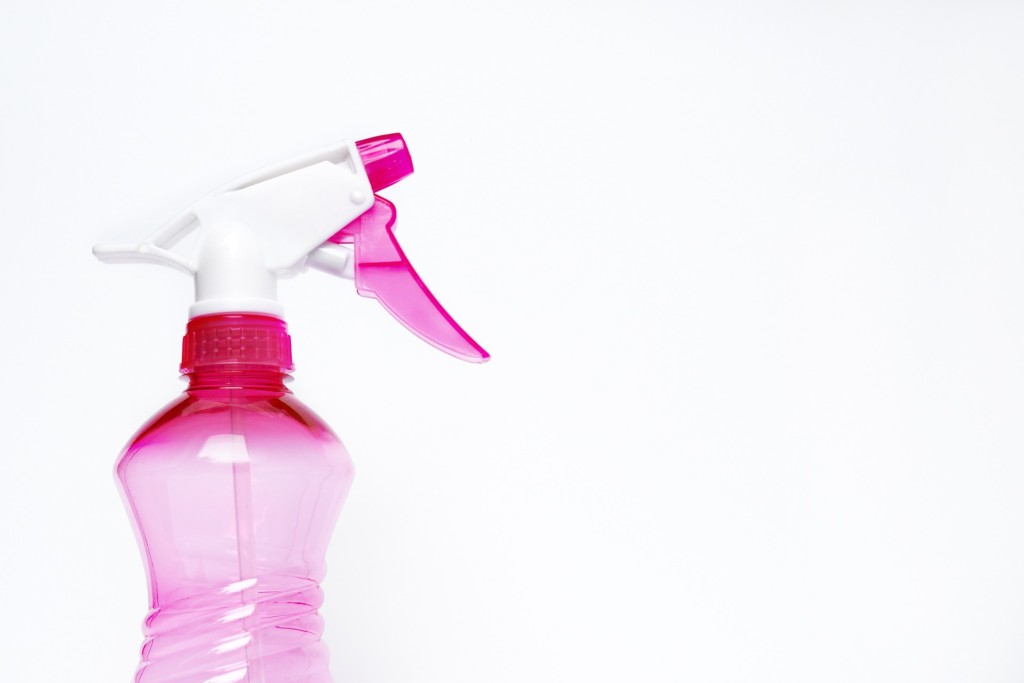
Free Chlorine Vs Total Chlorine What S The Difference Sensorex

Chlorine Disinfection Control In Wastewater With Online Instrumentation

Breakpoint Chlorination Curve Download Scientific Diagram

Chlorine Wastewater Treatment Sensorex
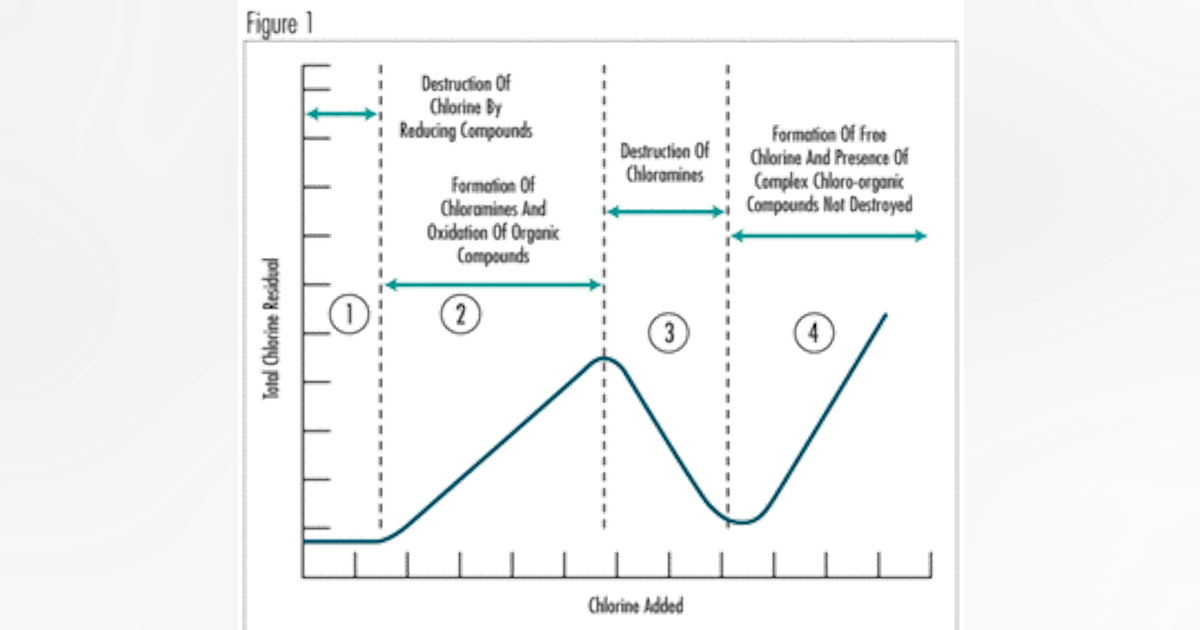
Disinfection Design Operation Implications For Reuse Systems Waterworld
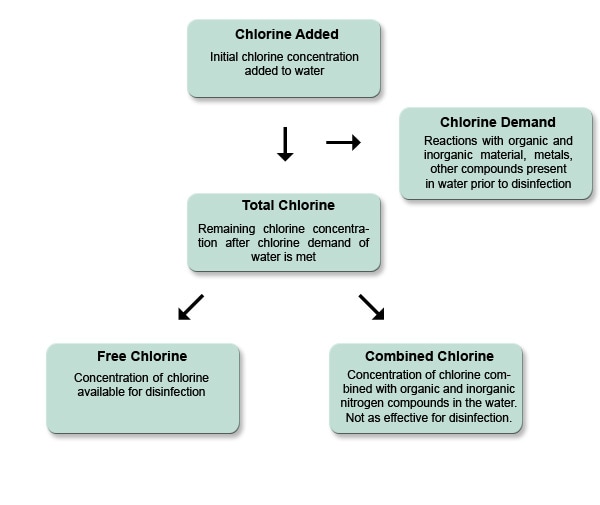
Chlorine Residual Testing The Safe Water System Cdc
Cholorination Water Treatment Waste Water Treatment Water Treatment Process Plant Design
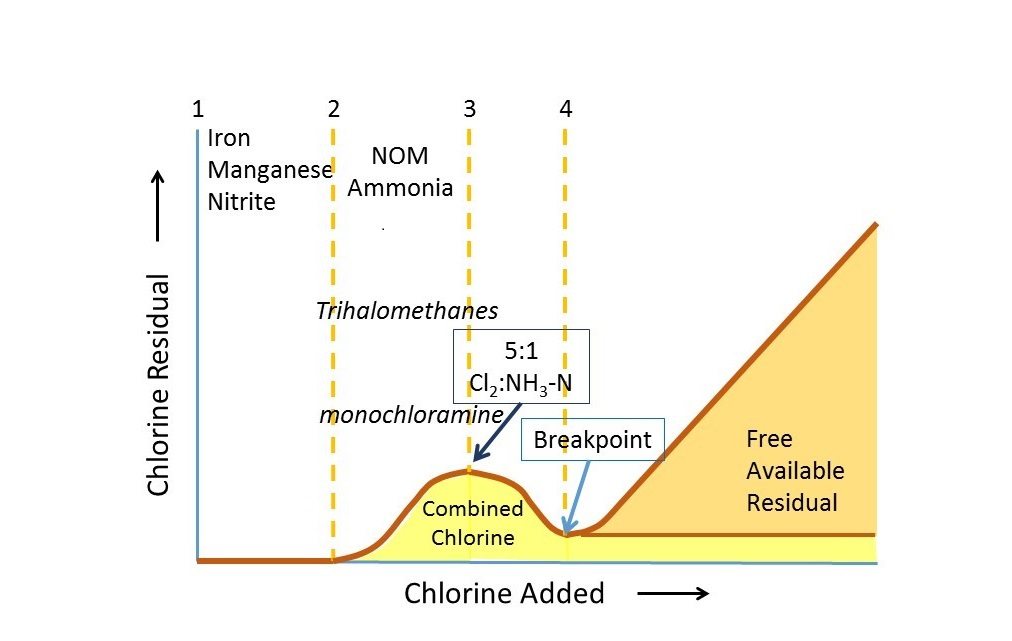
Disinfection Breakpoint Chlorination American Water College

Six Factors That Weaken Chlorine In Swimming Pools Blog
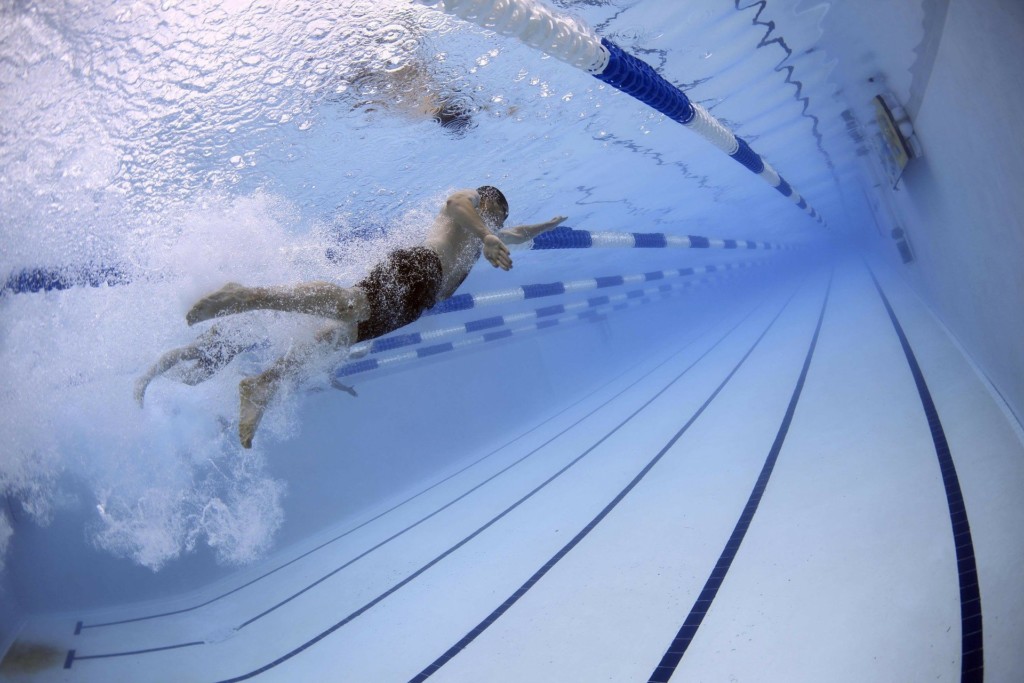
Free Chlorine Vs Total Chlorine What S The Difference Sensorex

